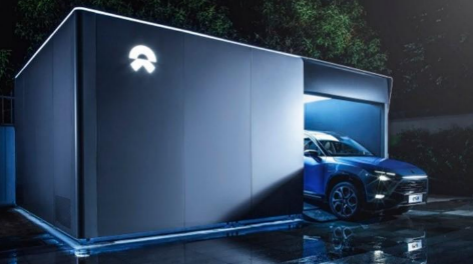文 | Financial Street Old Li
NIO’s listing on the Hong Kong Stock Exchange verifies the saying that the capital market is always led by the brave.
Yesterday, NIO officially listed on the Hong Kong Stock Exchange with a stock code of “9866”. The opening price on the first day was HKD 160 per share, and the market value of the Hong Kong stock was HKD 267.041 billion. Just as the width of the NIO ET7 car “1987” contains a special meaning, the Hong Kong stock code “9866” is composed of the suffixes of NIO’s first four models- EP9, ES8, ES6, and EC6.
Following the US stock market, the three giants of China’s new car forces finally gathered on the Hong Kong Stock Exchange. Compared with Ideal and XPeng, NIO’s Hong Kong listing seems to be dazzling, but its story is quite complicated. In the past three months, friends around Old Li’s have had two views on NIO, one is extremely optimistic, and the other is relatively pessimistic. From a rational perspective, Old Li believes that NIO must be viewed from a dual perspective, looking at the conservative side from an industrial perspective and the optimistic side from a capital perspective.
Today, Old Li will talk to everyone about the stories behind NIO’s Hong Kong listing. Why did NIO return to the fundamental era? What new stories will NIO’s global layout bring?
The Story of Returning to the Hong Kong Stock Market
Industry colleagues have introduced many basic situations about NIO’s return to the Hong Kong stock market. Here, Old Li will only talk about the special aspects of NIO’s listing on the Hong Kong Stock Exchange from a capital perspective. As we can see in media reports, NIO has returned to the Hong Kong Stock Exchange by way of a secondary listing or an introduction to the market. Many friends ask, why did NIO return to the Hong Kong stock market in this way, and may also go public on the Singapore Stock Exchange and the Science and Technology Innovation Board in the future? The answer is not complicated.
Like the return of Chinese concept stocks to Hong Kong in the past two years or so, NIO’s return to Hong Kong is also for the safety of the company in the capital market. As we all know, Chinese concept stocks have not received a fair financing environment in the US market, especially in the face of heavy regulations for technology stocks in the US market. In the context of the geopolitical situation intensifying globally, expanding multiple financing channels is the most correct choice for companies.

Currently, NIO only raises funds through the US market. Once there are any changes in the North American market, the company’s stock price will be very passive. Also, NIO cannot price and raise funds in other markets, and will be constrained in the capital market. After returning to the Hong Kong market or the future Singapore market, NIO will have multiple channels for financing and pricing, which will greatly reduce the impact of North American market fluctuations on the company.In fact, it was not easy for NIO to return to Hong Kong. Although NIO was the latest among the three new car manufacturers to land on the Hong Kong stock exchange, the move to return to Hong Kong for listing had been initiated as early as a year ago. In March last year, NIO submitted its listing application to the Hong Kong Stock Exchange, but the tug-of-war for NIO’s return to Hong Kong listing lasted for a year, mainly due to the following three reasons:
Firstly, the “NIO User Trust Shareholding Problem” circulating in the market. In 2019, Li Bin transferred 50 million shares of the company’s stock to a NIO user trust fund, but Li Bin retained the voting rights for these shares. If the dual listing method of the Hong Kong Stock Exchange were followed, there would be a certain rule risk; secondly, NIO had not achieved annual profitability at that time, and the inability to dividend to investors within the specified time would lead to unreasonable pricing; thirdly, the performance of Hong Kong stocks was really poor, one of the three great illusions in life is that the US stock market will fall, the Hong Kong stock market will rise, she likes me.
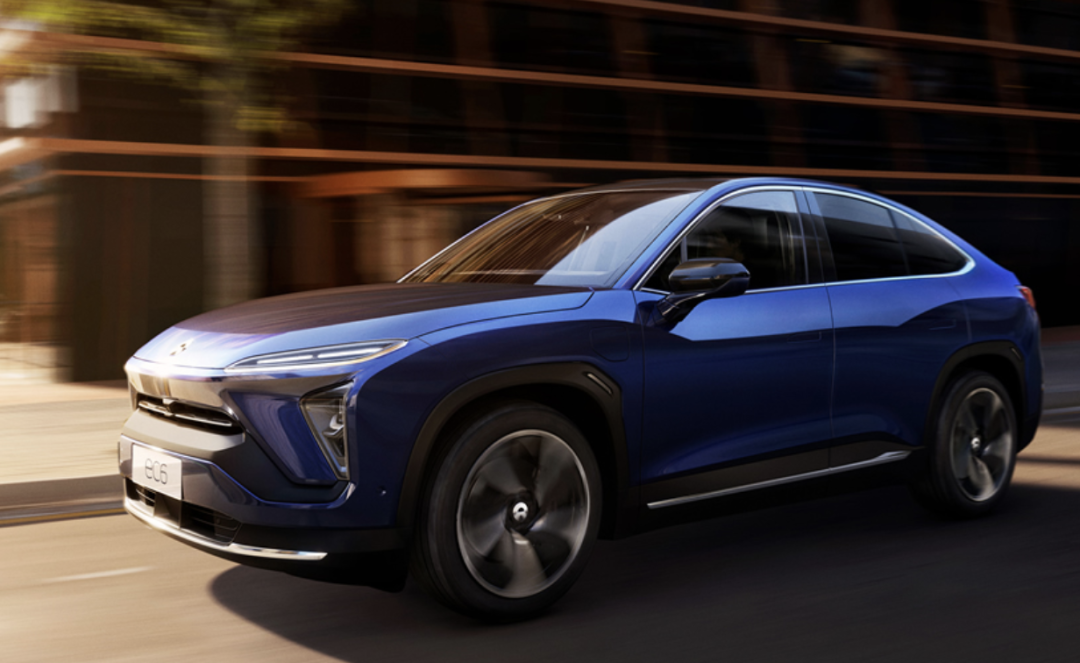
After a year of tug-of-war, NIO returned to Hong Kong through an introduction to listing, which had a faster approval process and a more relaxed approval approach than the dual listing of ideal and XPeng. The Hong Kong Exchange’s rules require the disclosure of trading, related party transactions, share option plans, financial report content, and several other continuous obligations, which will not be applied to NIO.
Mr. Li believes that the smartest thing about NIO this time is that it is not seeking to raise funds. Many media interpreted that NIO did not raise funds this time because it did not lack money, but Mr. Li and many friends discussed that this was not the reason. Generally, companies returning to Hong Kong stocks will conduct fundraising. In 2021, XPeng and Ideal respectively raised HKD 14 billion and HKD 11.8 billion through the return to Hong Kong dual listing. However, according to the Hong Kong Stock Exchange listing rules, the introduction to listing cannot use additional issuance or debt issuance to raise funds within six months, so NIO’s decision not to raise funds also had some difficulties to express.
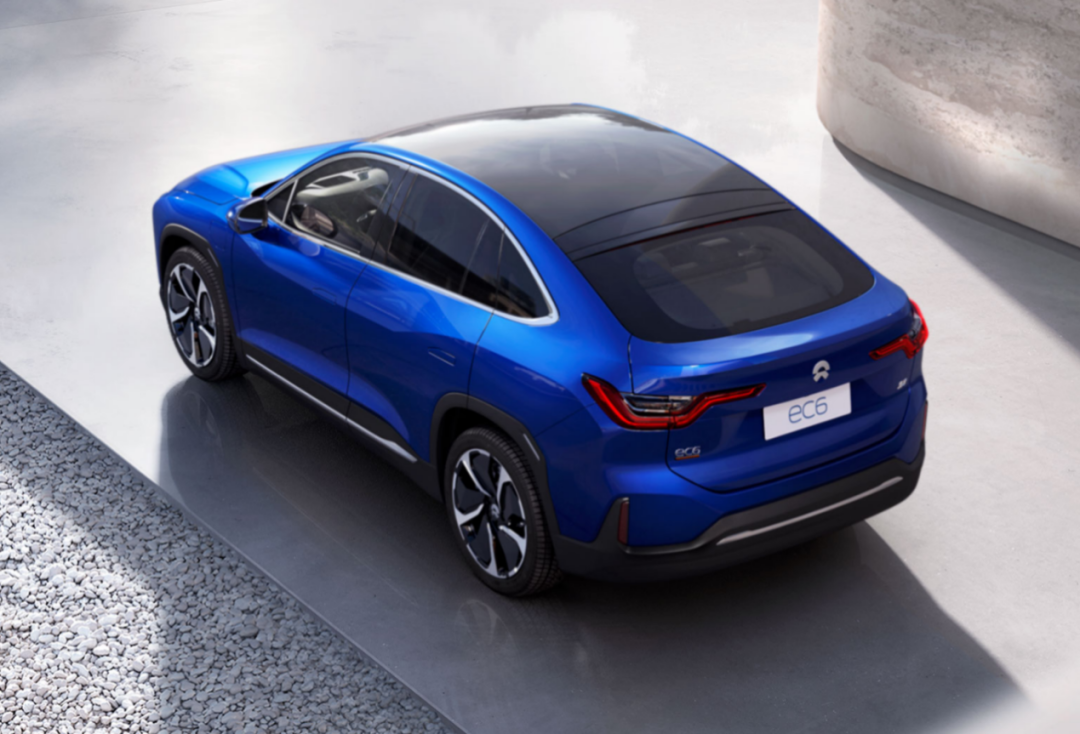
Even with NIO’s dual listing, in the current situation of weakened Hong Kong stocks and continued volatility of Chinese concept stocks in the U.S. market, NIO may encounter significant valuation issues and the market may not give an ideal valuation, which will directly affect its fundraising scale.
The Era of Returning to the Fundamental
The automobile industry is a typical industry that is technology, capital, and talent-intensive. Although NIO has received the most media attention among the three new car manufacturers from a public perspective, it may not be the best performer in the future from a capital perspective. Earlier, the founders of the three new car manufacturers of Xpeng, Li Auto, and NIO all stated that the company had only just survived the life-and-death situation after listing, and it was far from being strong. From the perspective of corporate development, this is indeed the case.Those who are familiar with the automotive market will notice that since the end of 2021, NIO’s model launch speed and monthly sales have declined somewhat. Meanwhile, both Zero Run and NETA Motors have shown strong growth momentum, and both have launched mid-to high-end models. In addition, looking at the larger market, independent brands represented by GAC Aion and Great Wall Motor, and joint venture brands represented by Volkswagen in the north and south have all been among the top sales in recent months.
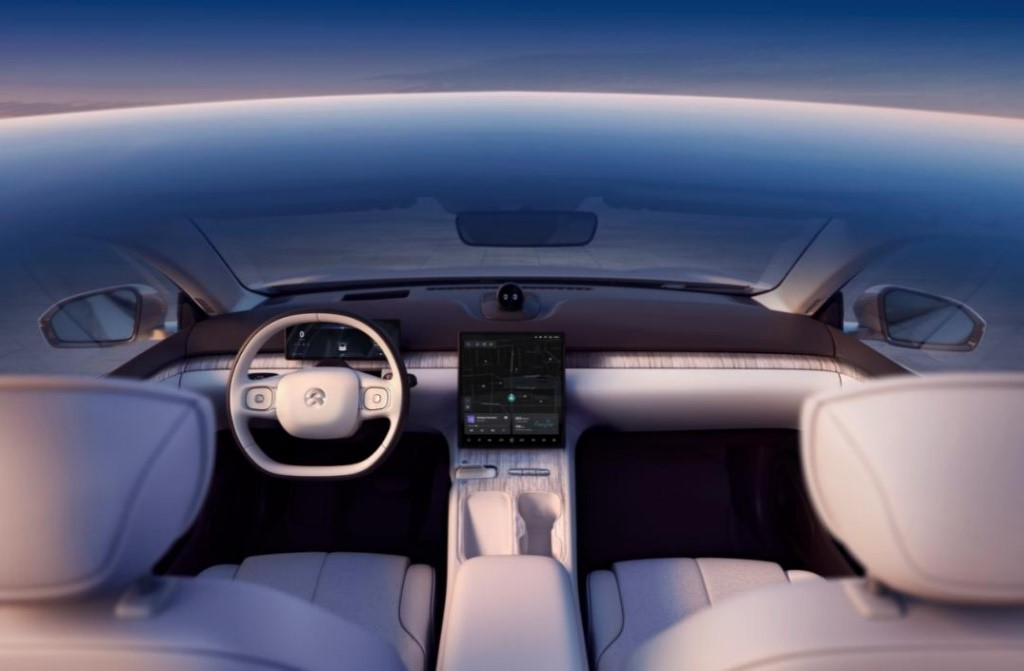
From the perspective of product competitiveness and cost-performance ratio, it is difficult for the top three new forces to surpass independent and joint venture brands. As the industry and enterprises enter a stable period of development, the valuation of automotive enterprises in the capital market will return from performance-based to fundamental-based. From a fundamental perspective, NIO is facing significant pressure. Let’s take a look at the sales trends of new forces in the past three years:
In 2020, NIO delivered a total of 43,000 vehicles, ranking first among new car makers. The second and third best-sellers, Ideal and XPeng, only sold about 30,000 vehicles each, both at lower prices than NIO;
In 2021, with the great sales of the P7, XPeng surpassed NIO as the best-selling new force, and Ideal’s Ideal ONE achieved the sales performance of three NIO cars with just one car, with a difference of only 1,000 units between the two;
In January and February of 2022, NIO’s sales data were not as impressive, as the ET7 and ET5 had not yet been delivered, and there was weak performance in the SUV market. As a result, NIO was not only surpassed by XPeng and Ideal, but also by NETA Motors, and there are still Zero Run Motors waiting to catch up.

From the perspective of the industry, a slowdown in sales is normal, but the perspective of the capital market is still narrow. In their view, rankings are not important, but sales growth rates and gross margins are. From the financial reports, NIO’s 2021 annual report has not yet been released, but various performance indicators in the third quarter report all outperformed the same period last year. The main problem is the pressure on sales growth rates and gross margins.In terms of sales, before the launch of ET7 and ET5, NIO will face considerable sales pressure, not because NIO’s performance is poor, but because the market space of the 350,000+ subdivision is indeed limited. As a top brand in the pyramid, NIO’s average selling price is over 400,000 yuan, basically at the same level as the Mercedes-Benz E-Class. In the field of electrification, this market is even smaller. NIO’s performance in the past three years has been outstanding and has captured a large number of core users. In 2021, the top three market shares of high-end pure electric SUVs in China are all NIO models, and the market share of the three models exceeds 60%.

At the same time, NIO’s gross margin also faces significant challenges. Of course, this is not just a problem that NIO needs to solve, but many new car-making forces are in a state of not making money.
Although NIO’s gross profit margin in 2021 is higher than that of 2020, in the first three quarters, NIO’s gross profit margin continued to decline and remained at around 20%. To be frank, for a company that sells cars for around 400,000 yuan, this gross profit margin is not considered high. NIO also stated that the vehicle gross profit margin target for 2022 is 20%, and with the launch of NT2.0 products, the target for the overall gross profit margin will be further increased to 25%. However, to achieve this goal, an annual production capacity of about 300,000 units is required.
Will there be new stories under global layout?
But according to NIO’s plan and investment terms with the Hefei Municipal Government, NIO is very likely to be listed in Singapore next and may land on the Science and Technology Innovation Board before 2025. If these actions are completed, NIO will become the only Chinese car company listed on four exchanges, which is absolutely unprecedented in the history of automotive capital.
When releasing the third-quarter report in 2021, NIO mentioned that the company’s cash reserves at the end of the third quarter of 2021 were about RMB 47 billion, and completed a financing of US $2 billion in the fourth quarter of the same year. The company currently has sufficient cash reserves and does not have an urgent need for financing in the short term, that is, “no lack of money”. Many friends will ask why NIO, with no lack of money, considers listing in so many places. Li believes there are the following reasons:# NIO: Reasons for Listing in Hong Kong and Future Development
Reason One: The US Market is Not Completely Fair, Listing on Major Exchanges Around the World is Crucial for NIO to Be Seen by Global Investors. As stated in the prospectus for the Hong Kong listing, NIO believes that listing in Hong Kong can improve the company’s image, encourage investment from Hong Kong investors, allow the company to enter the Hong Kong capital market, and benefit the company through exposure to a wide range of private and institutional investors. This is crucial for the company’s future growth and long-term development.
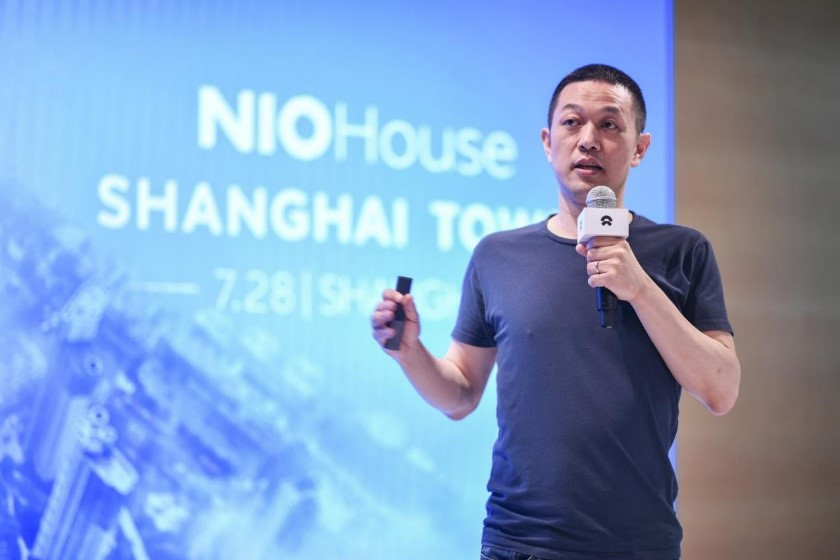
Reason Two: Listing is One of the Best Ways for NIO to Accelerate Its Development and Alleviate Capital Market Pressure. As stated in the same prospectus, if NIO China fails to apply for a qualified initial public offering by July 2024, or fails to complete a qualified public offering by July 2025, NIO will need to repurchase the shares of NIO China held by its investors. In other words, NIO China must achieve an IPO within the next three years, and the pressure is immense.
For NIO’s management team, whether it’s listing in Hong Kong, Singapore, or A-shares in the future, it is not an impossible feat. The key is to tell NIO’s story well in front of the world, and to tell the story of the smart electric car industry. Many capital market friends have discussed that there are two crucial steps for NIO’s future development:
First, maintaining the fundamentals of NIO, including NIO cars, NIO Power, etc. The quickest way to increase market influence is to boost sales, so the delivery volume of ET7 and ET5 this year and next year will be particularly important. In the forecasts of many Wall Street funds, sales are the primary factor affecting NIO’s valuation.
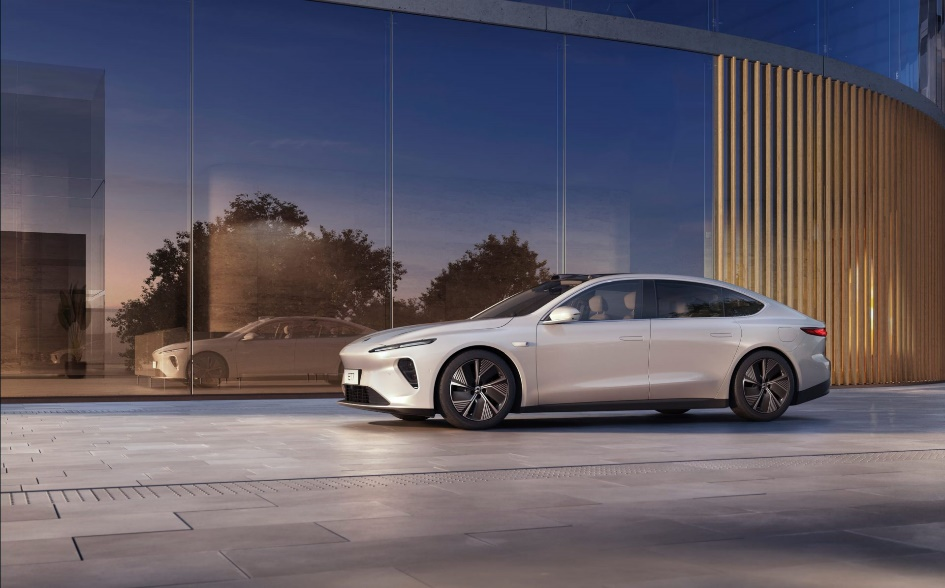
Second, expanding the business outward with user experience as the core. Mr. Li often wonders what changes in valuation NIO would undergo if it were not an automaker but instead an ecosystem company. Xiaomi has a high valuation because it bases its ecosystem on smartphones, expanding to various fields in the automobile industry with their software and hardware ecosystem.
If NIO focuses on user experience, expands its business to various fields in the consumer electronics industry on top of vehicles, should its valuation double? NIO’s entry into consumer electronics is not impossible. If NIO’s phone is successful, the company’s ecosystem will be complete.
In the capital market, NIO’s automobile story has already been told to the extreme, and the story of NIO’s energy is just beginning. Will a new story begin as NIO enters major markets around the world? Let’s wait and see.
This article is a translation by ChatGPT of a Chinese report from 42HOW. If you have any questions about it, please email bd@42how.com.
